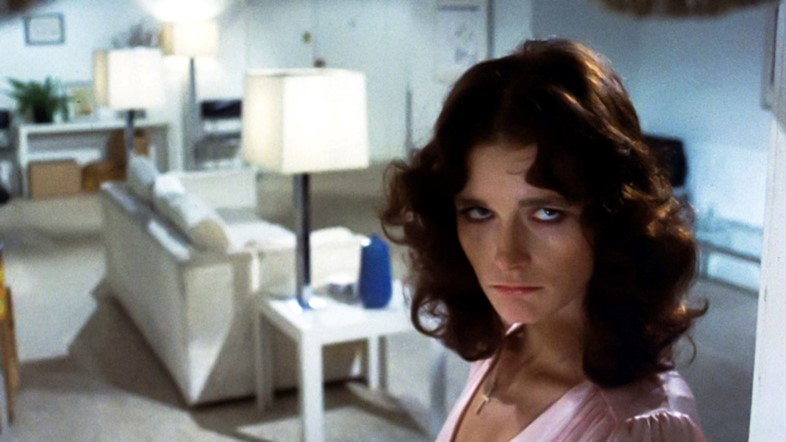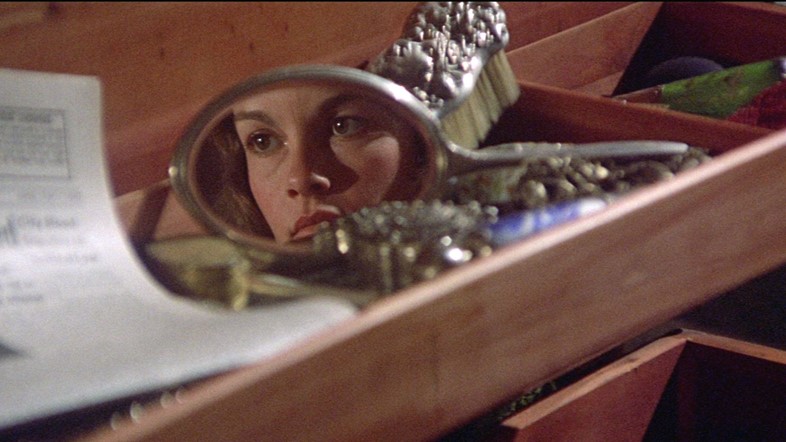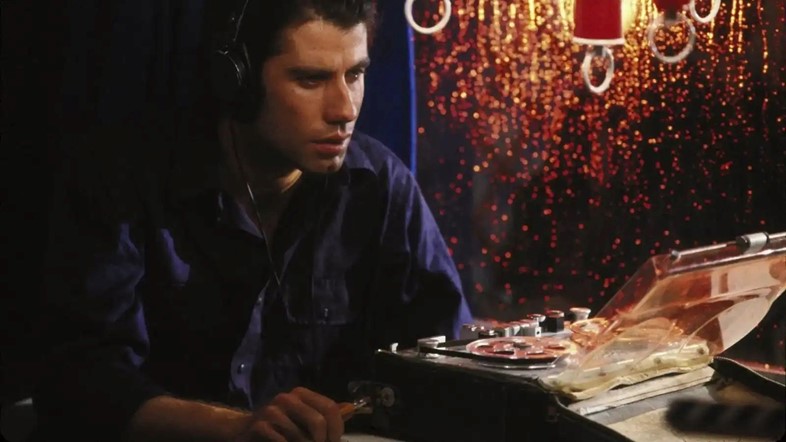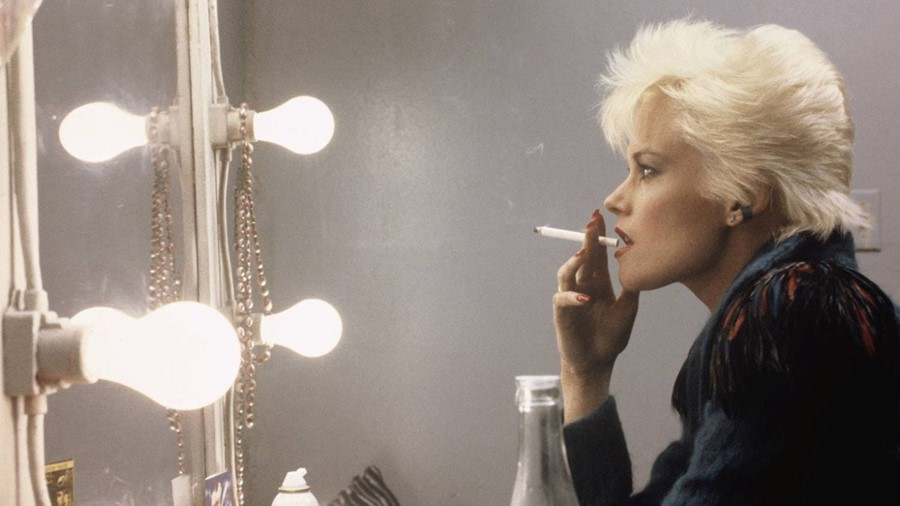To mark the release of new book The De Palma Decade, we present our picks of the master cinematic stylist’s early career
When Brian De Palma was a child, his mother discovered that her husband had been unfaithful. Owing to divorce laws in Pennsylvania at the time, the only way to formally dissolve a marriage was with photographic proof. 17-year-old De Palma took this into his own hands: he began recording his father’s phone calls and documenting his movements. Eventually, armed with a knife for some reason, he broke into his father’s office and caught the pair in flagrante, bloodying himself in the process. The De Palmas officially divorced and, as the director notes in Laurent Bouzereau’s new book The De Palma Decade, “it was a happy ending.”
This is all to say that Brian De Palma has never done anything by halves. The meticulous, highly referential filmmaking style of the director, known for his idiosyncratic take on the crime and psychological thriller genre, has been a polarising force of nature in Hollywood for more than 50 years. Early in his career he was labelled a Hitchcock imitator and this reductive, derogatory description has often cast a shadow on his genius – especially galling, given Hollywood’s current predilection for nostalgia.
To mark the publication of The De Palma Decade, AnOther explores five key early works in the auteur’s kinetic and transgressive filmography.

Sisters (1972)
The idea of the double has always been a mainstay of De Palma’s work and nowhere is it more present than in Sisters, his first lurch into psychological thriller territory. It is a borderline impenetrable, highly weird film that feels like a mission statement for what the director would later go on to achieve.
There’s a pair of conjoined twins, Danielle and Dominique (Margot Kidder); a Rear Window-esque mystery; and an intrepid female reporter (Jennifer Salt). In case the presence of duality in a film about conjoined twins eluded you, De Palma makes extended use of split-screen in one scene, a then-novel and visually exhilarating way of filming a taut sequence.
De Palma has a particular penchant for film-within-a-film trickery; indeed, Sisters opens on a Candid Camera-style prank show featuring Danielle acting as a blind woman. Within minutes we have met two iterations of Kidder’s character – later a third in Dominique – and this multiplying of characters, ideas and scenes returns time and time again with De Palma.

Obsession (1976)
My personal favourite De Palma simply because it is the most Brian De Palma film to ever Brian De Palma. Not only does Obsession boast every De Palma-ism – split diopters, slow motion and arc shots – it is arguably the most bare-faced Hitchcock allusion. Taking liberal inspiration from the plot of Vertigo, Obsession follows Michael Courtland (Cliff Robertson), a New Orleans businessman mourning the loss of his wife years prior, who meets an Italian woman (Geneviève Bujold) who bears an uncanny resemblance to his late wife. It’s a hypnotic and engrossing panopticon of a narrative, with every formal aspect feeding incestuously back into itself.
De Palma has publicly regretted casting Robertson but his mannered, capital-H Hollywood performance only accentuates the artifice of Obsession. It is a film in perpetual conversation with itself and its forebears; once again, De Palma succeeded in making a masterwork whose finer points are routinely overlooked. Obsession is the type of film that needs to be watched copious times in order to be fully understood.

Dressed to Kill (1980)
It’s easy to guess what Dressed to Kill would look like if it didn’t have Brian De Palma behind the lens. It is De Palma at his most tawdry: a very silly erotic thriller whose formal elements compensate for the overly crass plot. It’s far from De Palma’s most successful feature but because the structure is so familiar here, owing not to Hitchcock or any great auteurs but to similarly lurid thrillers of the time, we notice De Palma’s technical ingenuity even more.
Dressed to Kill follows a housewife (Angie Dickinson) and a call girl (Nancy Allen, De Palma’s muse and wife at the time) who become the targets of a mysterious blonde, razor-wielding killer. This is a film that lives on its set-pieces; there’s a remarkably tense pursuit of Dickinson’s housewife through an art gallery, and a similar chase with Allen on the Subway. Both scenes see De Palma at the top of his game.

Blow Out (1981)
Blow Out, named after and inspired by Antonioni’s Blow-Up, focuses on John Travolta’s Jack Terry, a sound designer working on a bottom-of-the-barrel slasher film. By no longer just paying visual and thematic homage to his predecessors and this time actually setting his story in a tiny corner of the Hollywood machine, De Palma edges ever closer towards total ouroboric collapse. There are not just multiple films-within-a-film present here; it is, in many ways, a film about a film within a film.
When Terry inadvertently records what he believes to be evidence of a political assassination, he uncovers a conspiracy involving a call girl, Sally (Nancy Allen in a similar role to Dressed to Kill, another case of doubling up). Blow Out offers another twist on voyeurism by De Palma, with Terry’s microphone substituting for Blow-Up’s camera. This roots Blow Out firmly in the mechanics of cinema – the director’s happy place – and it makes for one of De Palma’s finest films as well as a gorgeous tribute to the films that inspired him. A cineaste’s dream.

Body Double (1984)
While house-sitting for a friend, Jake Scully (Craig Wasson), a struggling actor, spies on a woman’s nightly ritual. She strips and dances in her bedroom as if for an audience. Then, one night, she is graphically murdered. Suddenly Scully’s voyeurism becomes more than passive titillation. Where Travolta’s Terry in Blow Out was an unwitting participant in that film’s action, Scully becomes proactive in the events of Body Double and here, De Palma completely closes the gap between the viewer and what we’re witnessing on-screen. By taking place on multiple movie sets, the rug is continually pulled out from under us; it’s never clear what is ‘real’ in Body Double and what is Hollywood artifice.
The epitome of this tonal seesawing features one of the greatest needle drops in cinema history. When Scully blags his way onto the set of a porno to interrogate porn star Holly Body (a fantastic, lively Melanie Griffith), we get fully immersed in this world with a dreamlike musical sequence set to Relax by Frankie Goes to Hollywood, whose members feature prominently in the scene. The sequence itself is one of De Palma’s best, a dizzying, thrilling marriage of the director’s energetic camerawork and Frankie Goes to Hollywood’s throbbing vocals.
It is not immediately apparent that the Relax sequence is actually taking place in reality – it might be Scully dreaming – and only when a mirror is shown do we see the set and camera crew. This particular shot, of a movie camera aimed at a mirror and exposing the behind-the-scenes, could be used to define De Palma’s entire career.
The De Palma Decade by Laurent Bouzereau is published by Running Press Adult, and is out now.
